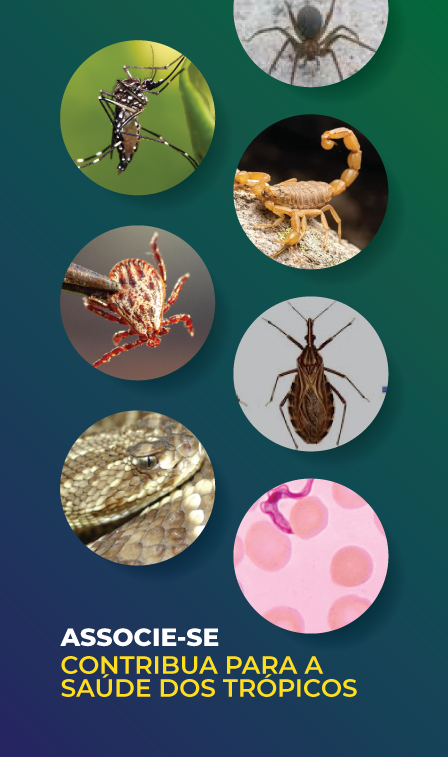
Pubic pediculosis under the armpits of a homosexual male
Zhi H et al. - Pubic pediculosis
12/08/2024Huilin Zhi[1], Zehu Liu[1] and Xiujiao Xia[1]
[1]. Hangzhou Third People’s Hospital, Department of Dermatology, Hangzhou Third Hospital Affiliated to Zhejiang Chinese Medical University, West Lake Rd 38, Hangzhou 310009, China.
Corresponding author: Prof. Xiujiao Xia. e-mail: 804534095@qq.com
Authors’ contribution
ZHL and LZH: Conception and design of the study, Analysis and interpretation of data, Final approval of the version to be submitted; XXJ: Conception and design of the study, Acquisition of data, Drafting the article, Final approval of the version to be submitted.
Conflict of Interest
The authors declare that there are no conflicts of interest.
Financial Support
This work was supported by the Hangzhou Municipal Science and Technology Bureau, China (20220919Y013).
Orcid
Huilin Zhi: https://orcid.org/0000-0001-9567-3678
Zehu Liu: https://orcid.org/0000-0002-1472-411X
Xiujiao Xia: https://orcid.org/0000-0002-3790-8026
Received 7 May 2024 – Accepted 24 May 2024
A 55-year-old man who identified as homosexual visited our dermatology clinic and reported a persistent and severe itching sensation in the inguinal area and armpits over the past three months. He disclosed a history of homosexual contact and had received a diagnosis of perianal condyloma acuminatum one month prior. Physical examination revealed redness and black spots in both the groin and armpit areas, along with whitish concretions attached to the hair shafts (Figure 1a) and slow-moving parasites. Microscopy and dermoscopy revealed numerous nits glued to the hair on the armpit areas (Figure 1b), and direct microscopic examination of the armpit scraps revealed crab-like parasites (Figure 1c). We treated the patient and the sexual partner with a compound sulfur cream and instructed them to disinfect their clothes. One week after the treatment, the itching had resolved, and no lice were observed upon a follow-up examination at two weeks.
Lice are obligate parasites that feed only on the blood of infested hosts1. There are more than 3000 species of lice. Among them, only Pediculus humanus and Phthirus pubis (pubic lice) require humans as hosts. While pubic lice usually inhabit the hair of the pubic area, they can occasionally infest various hairy regions of the body, including under the armpits, in the beard or mustache, and on the eyebrows and eyelashes2. It is important to note that pubic lice are usually transmitted sexually and often coexist with other sexually transmitted diseases3, as in our case.
Acknowledgments
The authors would like to express their gratitude to EditSprings (https://www.editsprings.cn ) for the expert linguistic services provided.
References
- Veracx A, Rivet R, McCoy KD, Brouqui P, Raoult D. Evidence that head and body lice on homeless persons have the same genotype. PLoS One. 2012;7(9):e45903.
- Badiaga S, Brouqui P. Human louse-transmitted infectious diseases. Clin Microbiol Infect. 2012;18(4):332-7.
- Chosidow O. Scabies and pediculosis. Lancet. 2000;355:819–26.

FIGURE 1: Clinical appearance of pubic lice infestation on the armpit area (a). Numerous nits attached to hair shaft from the armpit area, visualized under microscopy (×20 magnification) (b). Pubic lice morphology (×10 magnification) (c).









